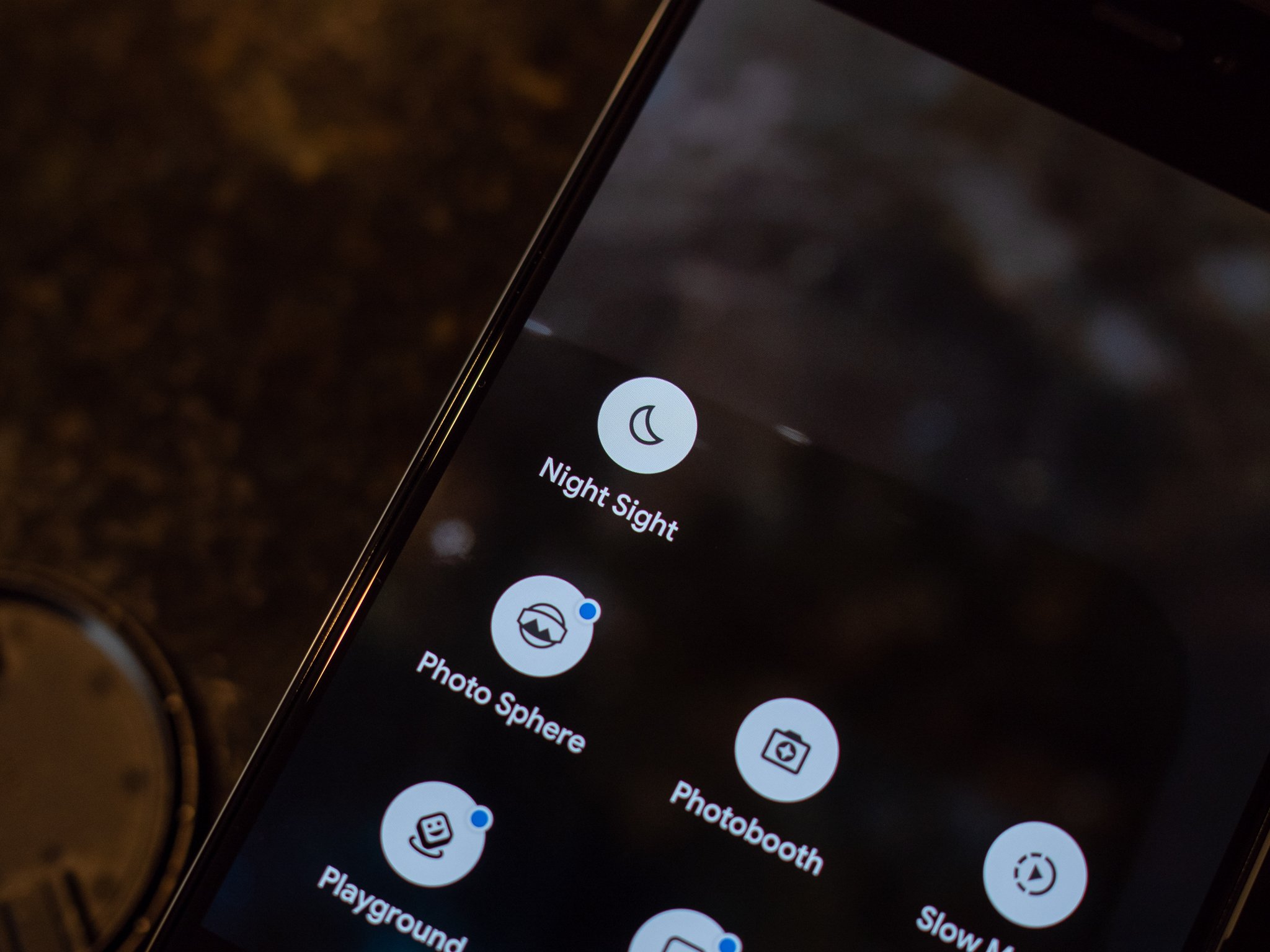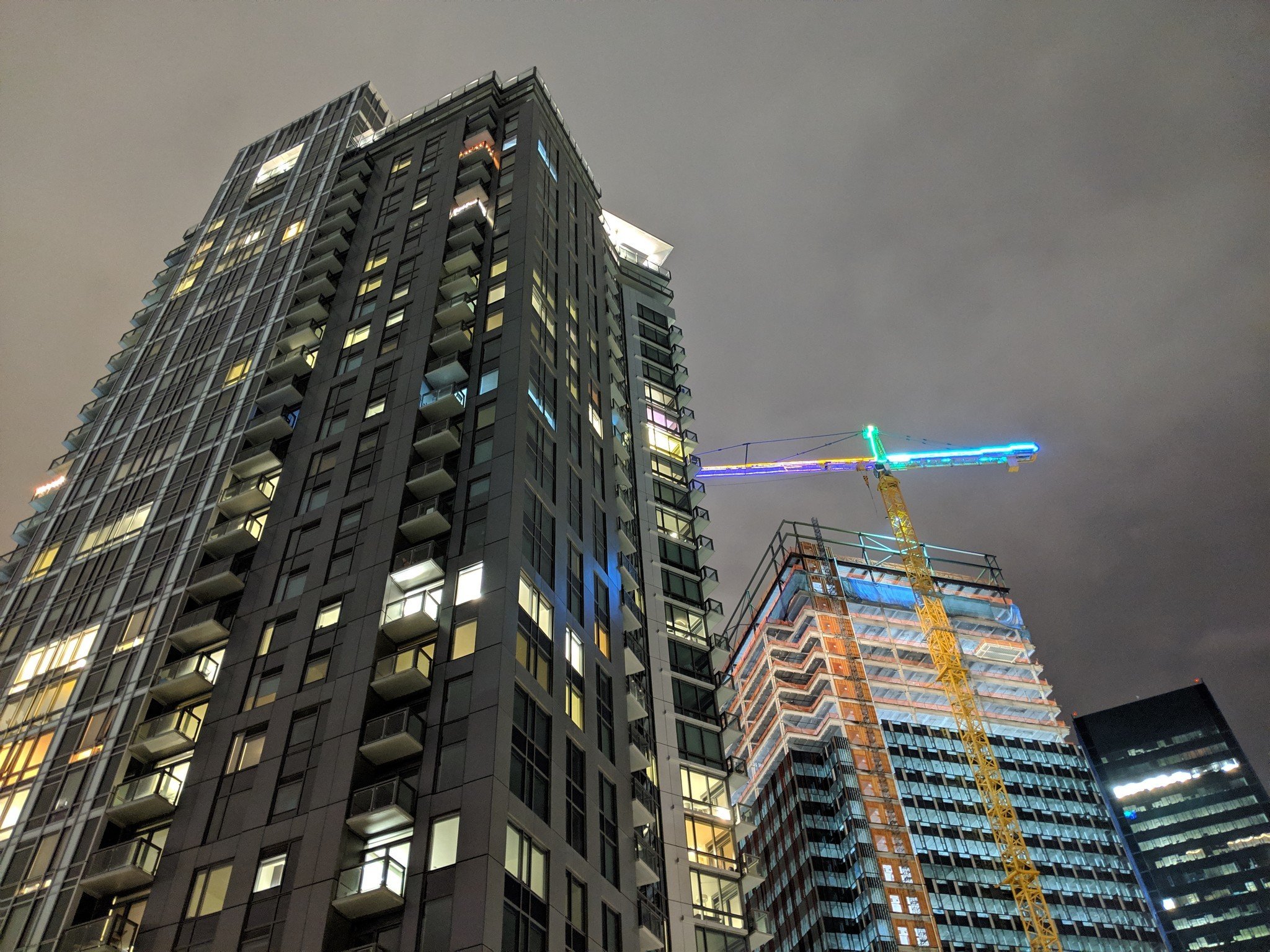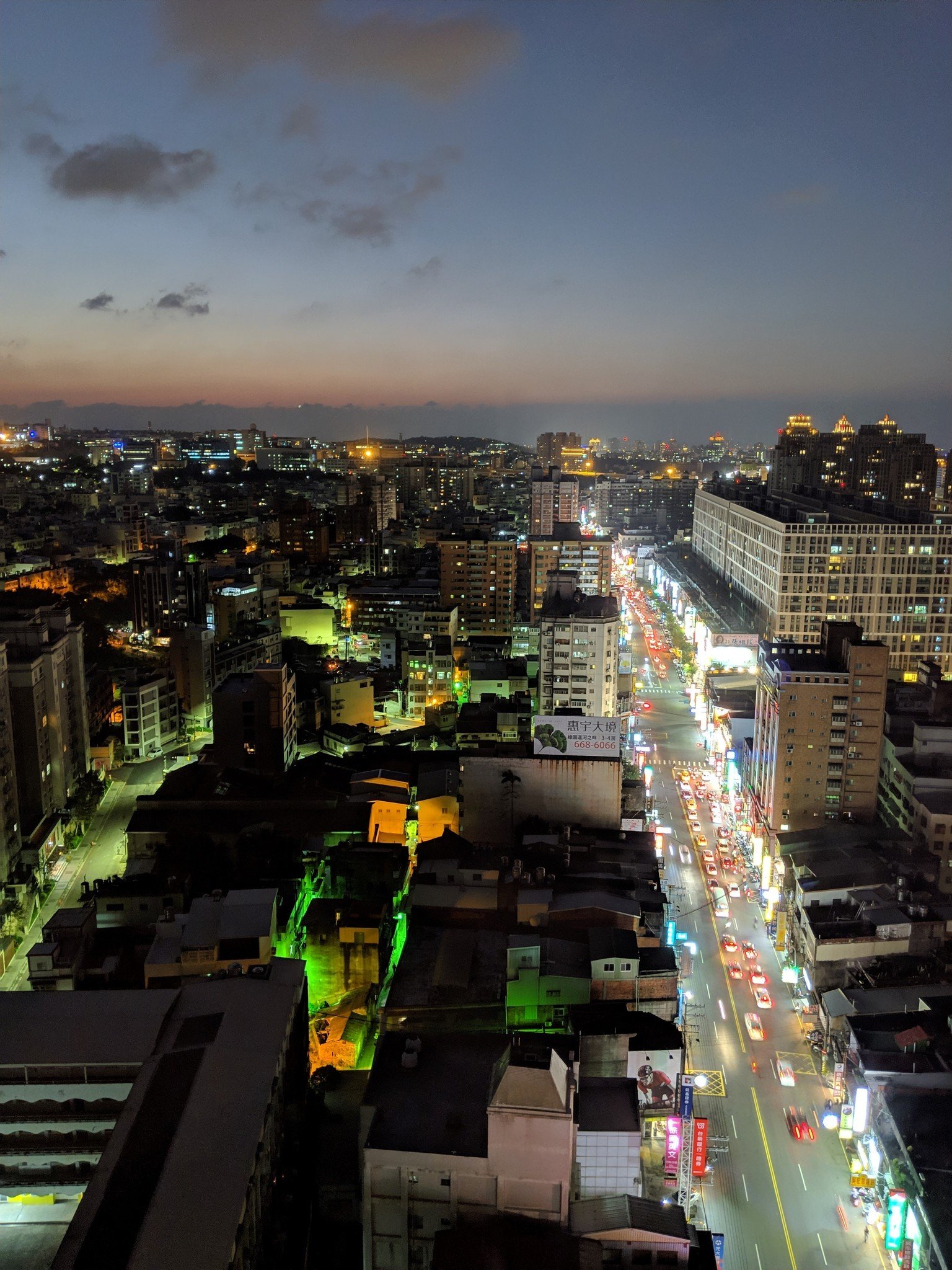A brag-worthy camera just got even better.
One of the awe-inspiring camera features announced with the Pixel 3 and 3 XL is a new shooting mode called "Night Sight" that leans on Google's advanced HDR+ processing to bring out light from the clutches of darkness. The only problem being that it wasn't actually available at launch. Nearly a month after the phone hit stores, Night Sight is only now arriving Pixel 3s and 3 XLs with a simple camera app update — promising the ability to see in the dark. Better yet, the feature will be arriving on the Pixel and Pixel 2 series as well, breathing new life into the older phones.
With about a week of experience with Night Sight, it's clear Google was in no way bluffing about Night Sight's capabilities.
How Night Sight works
We know Google has impressive camera processing software, so it never seemed particularly outlandish to suggest it could flex those muscles to bring out light in a scene that others cameras just can't. Particularly when that isn't entirely true — Huawei's new Mate 20 Pro has an extremely powerful night shooting mode that effectively uses the same recipe. OnePlus, too, has something similar in the OnePlus 6T — albeit with weaker hardware and less-capable processing. Regardless, this isn't an altogether new idea; but Google's executing.
With up to 15 longer-exposure frames, Google has an incredibly amount of data to work with — and processing to take advantage.
The formula is pretty simple, if you know how Google's Pixel phones take photos already. "HDR+" processing isn't just about creating a traditional HDR look; Google's using this multi-frame capture and processing for every photo the Pixel 3 takes, and now it's applying that same idea to low-light photos. In Night Sight mode, your camera will take between 9 and 15 frames after pressing the shutter button — the difference is that each frame has a longer exposure, sometimes as high as half a second, to capture more light.
The camera then takes those images and processes them together with a focus on brightening the image. Google also applies advanced algorithms to manage white balance, because typical "auto white balance" is really tough at night and when using multiple frames. Night Sight uses the same technology from Super Res Zoom shots to intelligently layer the frames to retain crisp edges and details, aiming to reduce blur that's inherent with handheld night shots. And this isn't limited to the rear camera, either — Google lets you take Night Sight photos with the front-facing camera as well, although the improvement isn't so drastic considering the smaller sensor and lack of OIS.
Left: Auto / Right: Night Sight
The result? Notably brighter images than what "auto" can take, while retaining the same style of detail and colors of Google's default shooting mode — and as we know, that's already impressively capable in low light. In most scenes the difference isn't massive, but it's noticeable — particularly in the camera's ability to brighten a scene while further reducing noise, and get the white balance right in dark scenes that typically come out too warm. The improvement with Night Sight over auto is unrecognizable in any scene with even decent lighting, but in incredibly dark scenes the improvement is astounding.
Night Sight is coming to the original Pixel and Pixel 2 as well, though the implementation and execution are different. Because those prior models don't have Super Res Zoom, Night Sight uses the traditional HDR+ frame layering. The original Pixel will also use shorter exposures for each of its frames, because it doesn't have OIS, and may take longer to process because it doesn't have the dedicated Pixel Visual Core. How those limitations will appear in the end photos will have to wait for the full rollout of Night Sight.
What it's like to shoot with Night Sight
Night Sight is designed specifically to be most useful in super-dark scenes, not just "any time after sunset." Think of an unlit alley, a the dim back corner of a bar, a small room at night with a single window — these are the types of scenes that Night Sight is designed for. If there's a decent amount of light, even at "night," there's a good chance just shooting in auto mode will give you the same or better shot.
Night Sight is best used in the darkest conditions, where auto mode just won't work.
But when you do point Night Sight at a dark scene, even one that's too dark for auto focus (you can set focus manually if needed), the results are pretty incredible. The Pixel 3 picks up light that your eyes can't perceive, and no other phone can reproduce — all while while retaining the clarity and colors we've come to expect from Pixel low-light photos, plus noticeable noise reduction from processing several low-ISO frames.
Google's research blog says, "Scenes are still colorful at night; we just can't see their colors. We want Night Sight pictures to be colorful - that's part of the super-power." That's one of the most impressive parts of Night Sight: you don't trade all of your HDR-style processing in exchange for more light. Night Sight photos still have an impressive dynamic range and solid colors, even though most of the extra frames are going toward adding brightness rather than contrast.
Night Sight shots still look realistic to the scene, and keep the Pixel's strong colors and clarity.
Unlike a traditional long-exposure photos where everything just gets brighter, Night Sight photos retain the look as though they're taken in the dark — you just get extra brightness and retain the color and feel of the scene. The white balance, too, is surprisingly good. It basically looks like you just took a photo of a scene with perfect movie lighting — the light just comes from everywhere, rather than looking like you ran the image through a photo editing program and just cranked up the exposure. And Night Sight photos keep the typical sharp edges and smoothness of other Pixel photos.
The amount of light you can add, while also reducing noise, is incredible.
Not every Night Sight photo is perfect, though. Unlike the usual "just point and shoot" auto mode, it takes some learning to get the most out of it. Because the camera has a mind of its own while shooting, choosing how many frames to use and how long the exposure is for each one, you don't know when you press the shutter button just how long you'll be waiting there to capture the scene. With the usual HDR+ progress circle on the frame, you have to hold very steady to get the best shot. And even with that advanced Super Res Zoom processing, I still got a few shots that were soft or blurry.
It requires an incredibly steady hand to get the absolute best photos; any shake introduces blur.
Google recommends bracing yourself against something, or propping up the phone, for the best possible results — but that isn't always possible. The camera reads the phone's gyroscope to determine whether the phone is moving to help inform how long its exposures are — and delay the start of capture after you press the shutter — but it can only do so much. If you're moving, it will make a softer photo.
And that's part of what makes your Night Sight photos better in the first place: you stand there very still and give the camera all the opportunity it needs to take a better shot. That's something the camera benefits from no matter what mode you're shooting in. But if you want to go all-out, you can put your Pixel 3 on a tripod and use manual focus to shoot in complete darkness and still get a usable photo out on the other end — it's impressive.
You'll want to play with this feature
The Pixel already had camera bragging rights — this is just moves it another step up.
Night Sight is rolling out to every Pixel, and it doesn't need a full-on system update — it's just a simple update to the Google Camera app. Night Sight is available in the "more" section of the camera, alongside less-used shooting modes like Photo Sphere and slow motion. If you're in a dark area trying to use auto mode the camera will also prompt you to switch to Night Sight, which is likely how the average Pixel 3 user will find out about it.
But I'm telling you now: you want to go try Night Sight. The Pixel 3 (actually, every Pixel) already had bragging rights with its excellent camera. Now, it's able to take low-light photos that you couldn't imagine coming from a phone. Once you learn a couple of tricks to get the best shots, and know where Night Sight does its best work, this is another way you can appreciate just how powerful Google's camera processing is.




























0 Response to "You Can See More: Night Sight review: Your Pixel's camera can now see in the dark"
Post a Comment